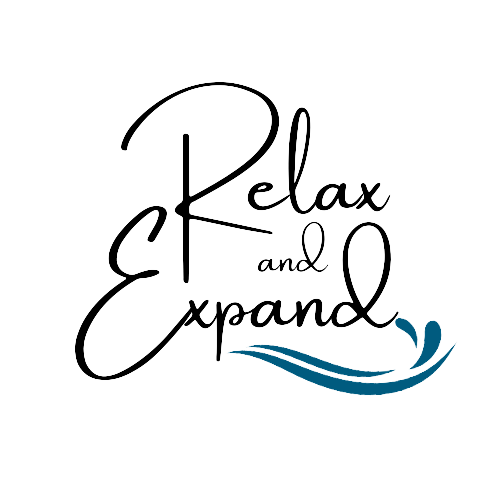Establishing a Practice
Find a regular time and place for seated practice. Research has shown only 10 minutes a day can have a positive impact on your health and well being (of course the longer the better!) I find morning is best to set the tone for the day. I could only do 2 minutes when I began. Your muscle of attention will get stronger and it will get easier if you do it everyday. Consistency is more important than sitting for an hour 1 day and skipping the rest of the week.
Ok, I’ve got all that. What do I actually DO in practice?
Sitting with ourselves can be pretty difficult at first. Our minds are going 100 miles per hour thinking of what we should be doing instead of sitting here, or what we didn’t do yesterday. Being mindful of our breath can help center us in our body in the present moment. When I begin my own practice focusing on my breath helps me settle in. Remember, longer exhales assist in relaxing. For the ease of description you will only have three kinds of experiences in your mindful practice : seeing, hearing or feeling.
See, Hear, Feel is the signature technique of the Unified Mindfulness System of which I am an L2 coach.
Seeing is going to encompass thinking and the associated images or external images if you are working with eyes open
Hearing is going to be the sounds you hear or the conversations in your mind
Feeling is going to be the physical sensations or the emotions you are experiencing
Our practice time is going to move between these three experiences. As we become aware of where our experience is, we develop a greater sense of concentration and awareness. That leads to a deepening of our experience. For example, you may sit for practice and the image of an argument you had with your partner comes up. You are seeing that. You hear the harsh words replayed in your mind. That is hearing. You may notice a tightness in your stomach area and the emotional feeling of hurt. That is feeling. The most difficult is the feeling part for people because of its intensity, and wanting to avoid what doesn’t feel good. But mindfulness isn’t just about peace and joy, it is about embracing all our sensory experience. Pushing away the feeling actually causes more suffering. When we embrace the totality of what makes us living beings we become more compassionate, aware and truly alive.
Feel free to contact me for basic questions regarding how to do mindful practice or to schedule an individual for your group at eileen@relaxandexpand.com
Posture
Sit comfortably in a chair or on the floor with spine straight . Don’t fuss with this too much, it is more important to do the practice rather than get caught up in “Am I doing it right?” Having the same chair or mat to sit on establishes a resonance that makes it easier to get into practice like when you sit at your desk you know its time to work.
Breath
There is a lot of focus these days on intense breathwork practices. These are often too activating for us to slow down and get in relationship with the body and our emotions. Breathing deeply and softly without forcing allows physical and mental relaxation and to be able to experience subtle flavors of sensation. Allowing your diaphragm to drop and your abdomen to expand with a slightly longer exhalation does three things. It reigns in the busy mind, acts as a pillow for difficult emotional states, and provides an anchor of security in our physical body.




